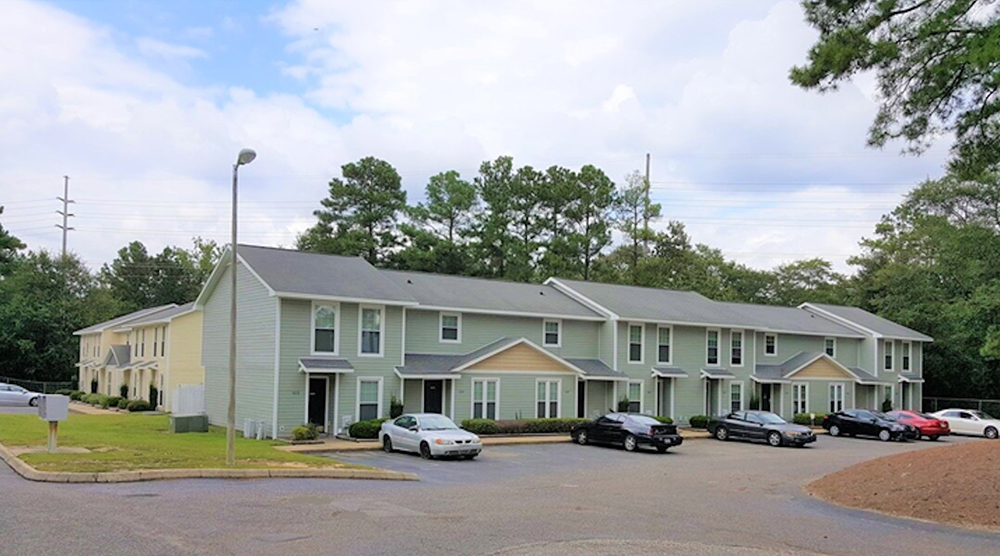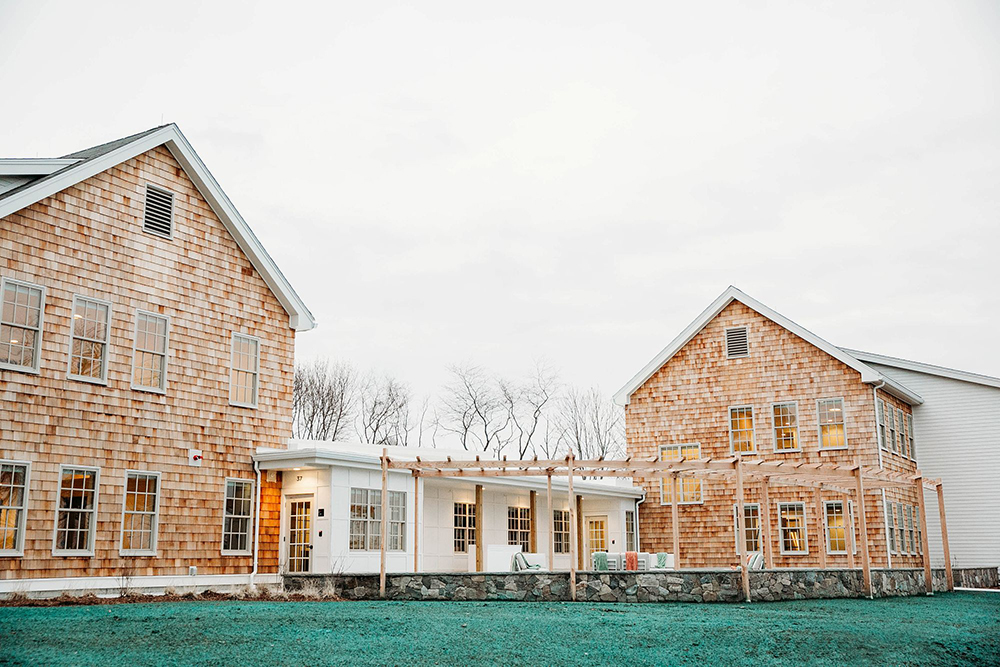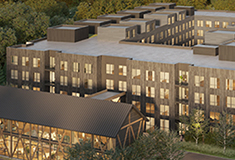News: Financial Digest
Posted: September 12, 2007
The bird man of Quetzal mountain
While on a recent trip to Costa Rica to visit our globe-trotting son, we had the fortunate occasion to meet the "Bird Man of Quetzal Mountain". The bird man is an extraordinary self-taught ornithologist who has a very special relationship with feathered creatures. If we had not seen it twice with our own eyes, we would not have believed it - the bird man can catch a humming bird with his bare hands. He is also an expert on the elusive resplendent quetzal bird, native only to Central America.
The ancient Mayans believed the quetzal bird to be the earthly manifestation of Quetzalcoatl, the god of creation and the god of the wind. Offerings were made to this deity to insure successful spring planting and eventual bountiful harvest. The word "quetzal" derives from the Nahuatl language and means "large, brilliant tail feather" -- the unique distinguishing feature of this animal. About the size of a large crow, the male quetzal has a helmet-like crested head, yellow beak, iridescent green back and tail feathers, and bright red breast feathers. The tail feathers can grow as long as 30 inches and are very prized.
The quetzal was so revered by the Maya that only royalty was permitted to wear headdresses and capes made of its feathers. According to legend when the Spanish conquistador Pedro de Alvarado pierced the chest of the Mayan ruler Tecun Uman with a spear, a quetzal bird flew down onto the bleeding ruler and dipped its body in the warrior's blood giving the bird its bright red breast. Noted for killing itself once captured or caged, the quetzal can never be displayed in an aviary and is a symbol of liberty.
Living only in the cloud forest between 4,000 and 10,000 feet, this vibrantly colored but rarely seen bird feasts on the wild avocado and nests in the hollows of decomposing trees 10 to 30 feet above the ground. The quetzal is an endangered species and is being forced into increasingly smaller areas as residential and agricultural development has encroached on its habitat. Its numbers are greatest in Costa Rica.
Much to our delight, Costa Rica is the most ecologically conscientious country we have ever visited. The elimination of a standing army in 1948 after a bloody civil war has provided significant funds for other activities such as education, health care and ecology. Much of the country consists of preserved lands including Quetzal Mountain.
Quetzal Mountain, before it was known as such, was purchased many years ago by the bird man's grandfather with the intention of clearing the forest to make way for pastureland and agricultural fields. While the grandfather was in the process of cutting down the dense vegetation of the cloud forest, a friend came to visit and saw some quetzal birds. This friend told the grandfather to stop clearing at once because the real wealth was not in cows or crops, but in the quetzal birds. Ever since that day, the cloud forest of Quetzal Mountain has been preserved as a quetzal reserve, and ownership has passed down from father to son to grandson.
The quetzal bird is most easily observed during mating season which extends from December through July. Our visit was in August, so the chances of us actually seeing a quetzal were greatly reduced. As we walked through the forest, the bird man emitted very throaty whistles through cupped hands which I imagined were imitations of the quetzal bird call. After several frustrating yet hopeful hours, the bird man told us to wait where we were so that he could scout out the next hilltop. He said he would whistle for us if he spotted our quarry.
While waiting for the bird man's whistle, I idly took in the surrounding forest and came upon a wild avocado tree. Wild avocados produce a round fruit no larger than an inch in diameter. The quetzal eats the fruit whole and regurgitates the seed some time later. As I contemplated these unusual eating habits, a flash of red came before my eyes. Much to my delight, a male resplendent quetzal came in for a gentle landing on a limb of the wild avocado tree. There he perched for about 20 minutes keeping an attentive eye on us while we photographed his resplendence and were awed by his presence. He was definitely regal and deserving of admiration, both present day and ancient. We can now cross off one more item on our list of things to do this lifetime!
So how does this experience relate to the appraisal profession? The most important lesson to learn is that wildlife preservation is a viable economic endeavor versus just a "feel good" activity. Quetzal Mountain includes not only a quetzal and humming bird sanctuary but also a very low impact "green" restaurant, gift shop, and several rustic cabins for those adventurous bird watchers who want to experience the cloud forest in a more intimate way. Sections of Quetzal Mountain are also actively farmed with much of the food prepared and served at the restaurant. This is an example of eco-tourism working at its best.
Patricia Amidon, MAI, is the principal of Amidon Appraisal, Portland, Me.
Tags:
Financial Digest
MORE FROM Financial Digest
Preservation of Affordable Housing secures $23.5 million in financing from Rockland Trust and Citizens Bank
Cambridge, MA The nonprofit Preservation of Affordable Housing (POAH) has secured $23.5 million in financing from Rockland Trust and Citizens Bank to transform a 150-year-old, underutilized church complex into housing. The project will ultimately create 46 affordable family-sized apartments.

Columns and Thought Leadership

Conn. hospitality market: A technical appraisal perspective on market dynamics and valuation challenges (2019-2025)
The Connecticut hospitality market has demonstrated uneven recovery patterns between 2019 and 2025, with boutique and historic properties achieving $125 RevPAR in 2025, up 8.7% from the 2019 level. Coastal resort properties achieved a $105 RevPAR in 2025, representing 10.5% growth since 2019. Casino corridor properties maintained modest growth with RevPAR improving 4.5% to $92 in 2025.

Examples of investors who used Kay Properties for legacy and estate planning purposes for rental property/portfolios - by Dwight Kay
Preserving wealth across multiple generations requires strategic planning, foresight, and the right investment vehicles. Delaware Statutory Trusts (DSTs) offer a powerful solution for families looking to build and protect their financial legacy and to efficiently plan for their estate.








